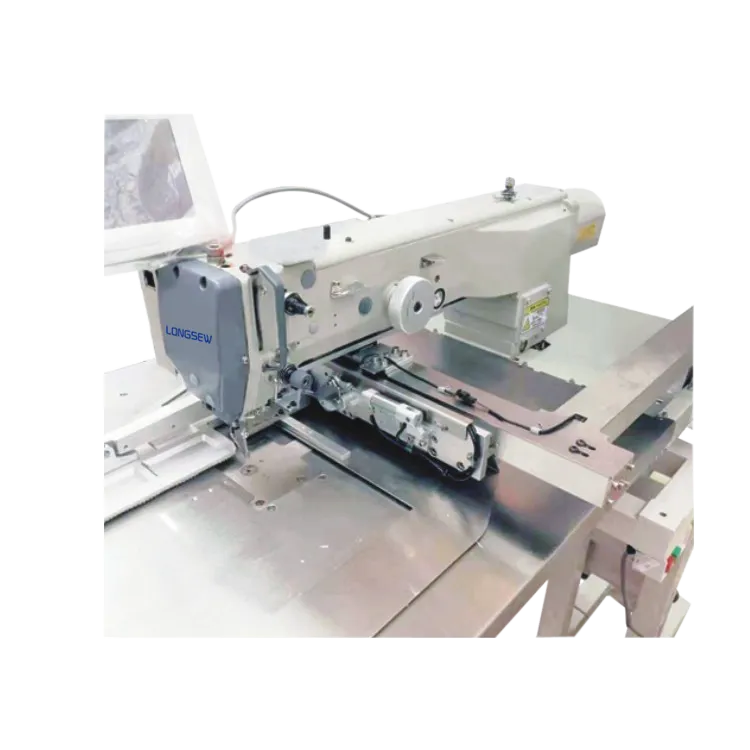Understanding Chain Stitch and Lock Stitch Techniques in Sewing
Understanding Chain Stitch and Lock Stitch in Sewing
Sewing has been an integral part of human creativity and functionality for centuries, evolving from hand-stitched garments to the advanced machinery of today. Within this world of stitches, two types stand out due to their distinct characteristics and uses the chain stitch and the lock stitch. Both have played pivotal roles in the art of sewing, but understanding their differences and applications is essential for anyone looking to enhance their sewing skills.
Chain Stitch
The chain stitch, as the name suggests, creates a series of interlocking loops that resemble a chain. This stitch is formed using a single thread that passes through the fabric to create a loop, which is then interlocked with subsequent loops. One of the primary benefits of the chain stitch is its elasticity. Due to the nature of the stitching, garments sewn with a chain stitch can stretch without breaking, making it ideal for activewear and fitted clothing.
Chain stitches are often used in the manufacturing of denim products, where strength and flexibility are paramount. Additionally, this stitch is favored for decorative purposes in embroidery and quilting, allowing for intricate designs that can stand out aesthetically. However, it's important to note that chain stitches can be less durable against unraveling compared to other types of stitches if the thread breaks.
To perform a chain stitch, sewers typically use a specialized sewing machine designed for this purpose. This machine creates a series of looped stitches that bind the fabric together while allowing a degree of stretch. The ease of producing long seams quickly makes chain stitching a popular choice in industrial sewing applications, such as in the production of garments, upholstery, and more.
Lock Stitch
In contrast, the lock stitch is perhaps the most common type of stitch found in garment construction. Utilized extensively in home sewing machines, the lock stitch is made using two threads the top thread and the bobbin thread. As the needle pierces through the fabric, it forms a loop, which is then interlocked with the bottom thread coming from the bobbin. This interlocking creates a secure and flat seam that is both strong and precise.
chain stitch and lock stitch

One of the standout features of the lock stitch is its durability. The interlocking of two threads provides a robust hold, making it suitable for various fabrics, including heavier materials like canvas or upholstery. Additionally, lock stitches produce a neat appearance, making them favored for visible seams in garments.
Lock stitches are versatile and can be adjusted for different fabric types and thicknesses. They can be used for straight seams, zigzag patterns, and even decorative stitches, making them a staple in both industrial and home sewing applications. Furthermore, most home sewing machines are equipped with a variety of lock stitch functions, allowing users to experiment with different techniques and styles.
Applications and Considerations
Choosing between a chain stitch and a lock stitch often comes down to the specific requirements of the project at hand. When working with fabrics that require flexibility and stretch, such as knits or blends, the chain stitch might be the best option. Conversely, when constructing garments that require a strong and flat seam, the lock stitch would typically be more appropriate.
In practice, skilled sewers often combine both stitches in their work, utilizing the strengths of each to create functional and aesthetically pleasing results. For example, a garment might be primarily constructed with lock stitches for durability, while decorative elements are added using chain stitches to provide flexibility and visual interest.
Conclusion
Both chain stitches and lock stitches have their unique advantages and applications in the world of sewing. Understanding these two stitches can greatly enhance a sewer's ability to select the right technique for their projects, ensuring that the final product is both beautiful and functional. As sewing continues to evolve, the mastery of these foundational stitches remains essential for anyone passionate about the craft. Whether you’re a beginner or an experienced seamstress, recognizing the importance of both chain and lock stitches will undoubtedly enrich your sewing experience.
-
Industrial Cylinder Arm Sewing Machine: Revolutionizing Heavy-Duty SewingNewsJul.28,2025
-
Cylinder Arm Sewing Machine: Perfect for Special Sewing ApplicationsNewsJul.28,2025
-
Cylinder Bed Sewing Machine: Essential for Sewing Complex MaterialsNewsJul.28,2025
-
Heavy Duty Sewing Machine: The Essential Tool for Industrial ApplicationsNewsJul.28,2025
-
Computerized Pattern Sewing Machine: Revolutionizing Precision StitchingNewsJul.28,2025
-
Heavy Duty Industrial Sewing Machine: Power Meets PrecisionNewsJul.28,2025
-
Leather Sewing Machine: The Industrial Standard for Tough MaterialsNewsJul.18,2025





























